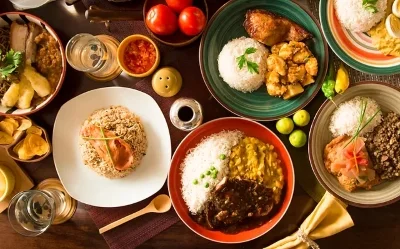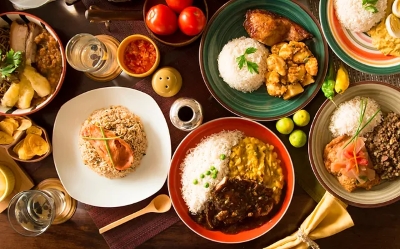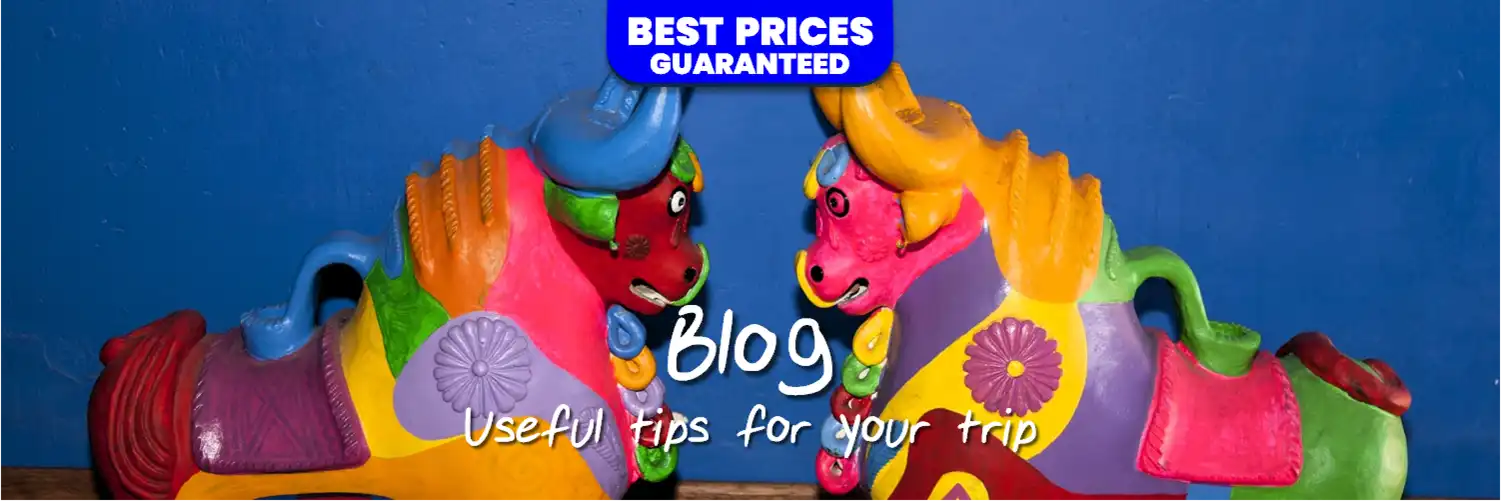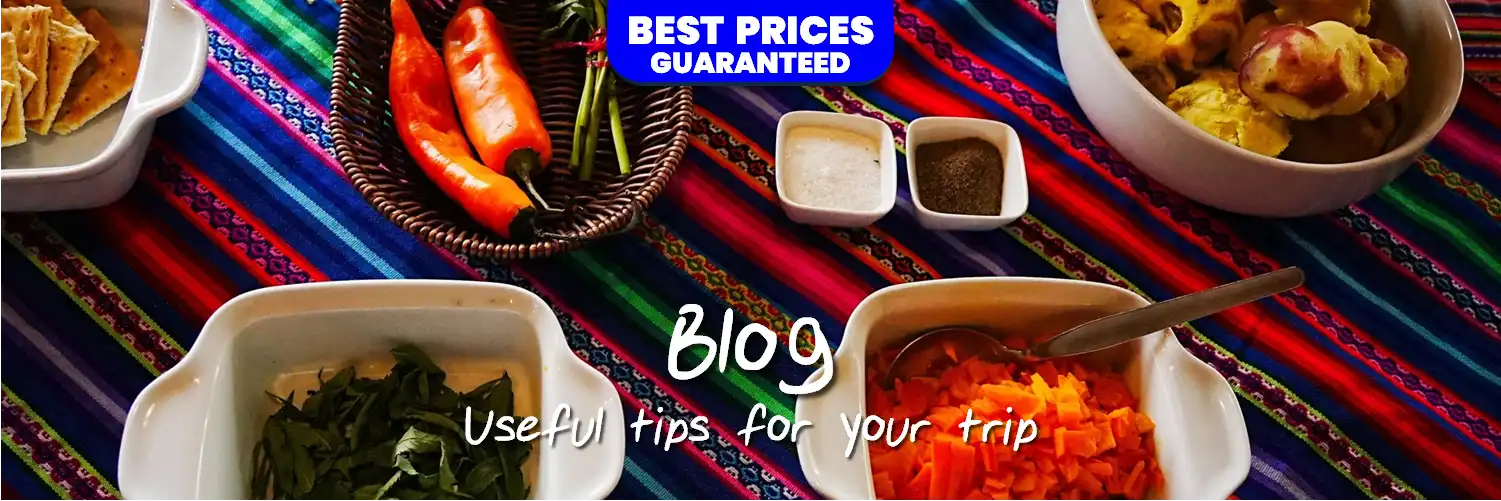Peruvian Cuisine: 7 Must-Try Dishes for Every Traveler

Traveling through Peru is an experience that goes far beyond its Andean landscapes, Pacific beaches, or the majesty of Machu Picchu. For backpackers and young travelers from around the world, this country is also a top culinary destination. Recognized as one of the richest and most diverse cuisines in the world, Peruvian food is an essential part of the adventure.
In this guide, you’ll discover 7 must-try Peruvian dishes, each with a glimpse into its origins, cultural meaning, and practical tips on where to taste them in Lima, Cusco, and beyond. Whether you’re traveling on a budget, looking for authentic flavors, or simply curious, Peruvian cuisine will stay with you long after your trip ends.
1. Ceviche: The Pride of Coastal Peru
Ceviche is Peru’s most iconic dish and one of the main reasons the country is a global food destination. It’s made with fresh fish marinated in lime juice, mixed with red onion, chili, sweet potato, and corn.
Origins and history
Ceviche dates back over 2,000 years, with coastal cultures like the Mochicas marinating fish in tumbo fruit juice. After the Spanish conquest, lemon and onions were introduced, creating the ceviche we know today. In 2004, it was declared a National Cultural Heritage of Peru.
Where to try it
In Lima, ceviche is everywhere—from Surquillo market stalls to high-end restaurants along the Miraflores coastline. In Cusco, you’ll find a mountain twist: ceviche made with fresh trout from nearby rivers and lakes.
👉 Backpacker tip: head to a local market in Lima for a ceviche lunch under 5 USD—fresh, cheap, and authentic.
2. Lomo Saltado: Stir-Fried Fusion
Lomo saltado is one of Peru’s best examples of cultural fusion, born from Chinese immigrants blending their cooking techniques with Peruvian ingredients. It’s a stir-fry of beef, onions, tomato, chili, and soy sauce, served with fries and rice.
Origins and history
In the 19th century, Chinese migrants brought the wok and soy sauce to Peru. Local cooks fused them with native staples like potatoes and chili peppers. The result: a hearty, flavorful dish that’s now a staple of Peruvian cuisine.
Where to try it
In Lima, you’ll find lomo saltado in family-run restaurants across Barranco and Miraflores. In Cusco, it’s a go-to dish in budget menus and tourist-friendly eateries, perfect after a long trek.
👉 Backpacker tip: look for “menú económico” in Cusco—soup, lomo saltado, and a drink for about 4 USD.
3. Ají de Gallina: A Colonial-Era Comfort Dish
Ají de gallina is a creamy stew made with shredded chicken, yellow chili, bread, nuts, and milk, served with boiled potatoes and rice.
Origins and history
It evolved during the colonial era, blending European ingredients (milk, bread, almonds) with local ají peppers. It’s considered a comfort food across Peru and remains one of the most common dishes in Peruvian homes.
Where to try it
In Lima, it’s common in neighborhood eateries and daily lunch menus. In Cusco, many hostels and cultural centers include cooking classes where you can learn to prepare ají de gallina yourself.
👉 Backpacker tip: despite its bright color, ají de gallina is mild—perfect if you’re not used to spicy food.
4. Pan con Chicharrón: Peru’s Favorite Breakfast
Pan con chicharrón is Peru’s classic breakfast sandwich: fried pork belly inside a crispy bun, topped with fried sweet potato and salsa criolla (onion, lime, chili).
Origins and history
It originated in Lima’s street markets, served to workers needing a filling start to their day. Over time, it became a Sunday morning ritual for families and remains a staple breakfast across the country.
Where to try it
Head to a market in Lima (like Magdalena or Surquillo) early in the morning for a fresh pan con chicharrón. In Cusco, bakeries and food stalls often serve it on weekends.
👉 Backpacker tip: grab one before exploring Lima’s historic center—it’ll keep you going all morning.
5. Cuy Chactado: Andean Tradition on a Plate
Cuy chactado is fried guinea pig, served whole with potatoes, corn, and salad. It may surprise travelers, but it’s a deep-rooted Andean dish.
Origins and history
Cuy has been consumed in the Andes for over 5,000 years, both as food and in ceremonial rituals. Today, it’s a delicacy served at festivals and family gatherings, especially in Cusco and the Sacred Valley.
Where to try it
Cusco and the Sacred Valley are the best places to taste cuy. In Tipón or Pisac, traditional restaurants serve it as a specialty dish.
👉 Backpacker tip: order one to share with fellow travelers—it’s filling and best enjoyed with company.
6. Papa a la Huancaína: A Classic Starter
Papa a la huancaína is a cold starter of boiled potatoes topped with a creamy sauce made from yellow chili, cheese, milk, and crackers or bread, garnished with olives and boiled egg.
Origins and history
It originated in Huancayo, in Peru’s central Andes, where potatoes are a staple. Its simple yet flavorful sauce quickly spread across the country, becoming a favorite starter in menus nationwide.
Where to try it
You’ll find it everywhere: from Lima’s local lunch spots to Cusco’s market stalls. It’s also a common recipe in hostel cooking workshops.
👉 Backpacker tip: perfect as a light start to a heavy Peruvian meal.
7. Anticuchos: Street Food Royalty
Anticuchos are beef heart skewers marinated in chili, garlic, vinegar, and spices, grilled and served with potatoes and chili sauce.
Origins and history
Pre-Hispanic cultures already cooked meat over open flames, but during the colonial period, African slaves popularized grilling beef heart with spices. Today, anticuchos are a beloved street food across Peru.
Where to try it
In Lima, anticucho vendors set up grills in Barranco and Miraflores after sunset. In Cusco, stalls around Plaza de Armas serve them well into the night.
👉 Backpacker tip: try anticuchos at night from a street vendor—it’s cheap, flavorful, and authentic.
Foodie Tips for Backpackers
Budget: market meals cost between 3–6 USD, making it easy to eat well on a backpacker budget.
Cooking classes: many hostels, including Pariwana Hostels, organize cooking workshops where you can learn classic dishes like ají de gallina or papa a la huancaína.
Food tours: in Lima, join a Barranco or Miraflores food tour. In Cusco, pair your ruins visit with a stop at the San Pedro market.
Stay safe: eat where locals eat, stick to freshly cooked food, and avoid tap water.
Conclusion: Taste Peru, Live Peru
Peruvian cuisine isn’t just food—it’s culture, history, and identity on a plate. From fresh ceviche on the Pacific coast to cuy in the Sacred Valley, each dish tells a story of Peru’s past and present.
For young travelers and backpackers, food becomes as memorable as trekking the Inca Trail or watching the sunrise over Machu Picchu. So when you plan your two-week Peru itinerary, leave room not just for hikes and museums, but also for flavors that will stay with you long after the journey ends.

Prepare yourself to enjoy the unique flavors of Peruvian food with these tips.


